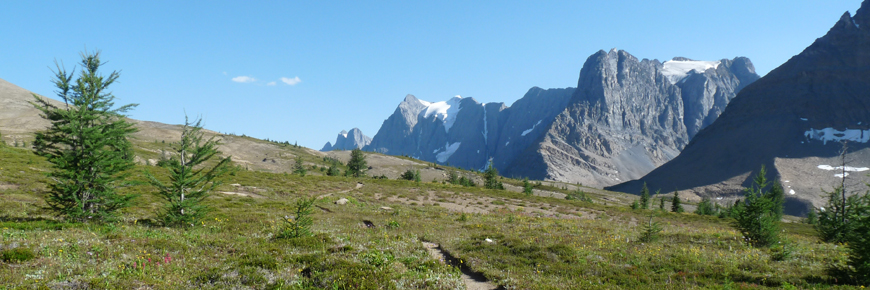
Alpine
Kootenay National Park
Alpine health is one of three indicators and has five measures. We monitor each of these measures every year so that we have a clear picture of whether or not we are successfully maintaining and restoring the park. This helps us to plan for and make decisions that will keep the park intact for the present and for the future.
Non-native vegetation | Pikas | Songbirds | Mountain goats | Mapping
Non-native vegetation
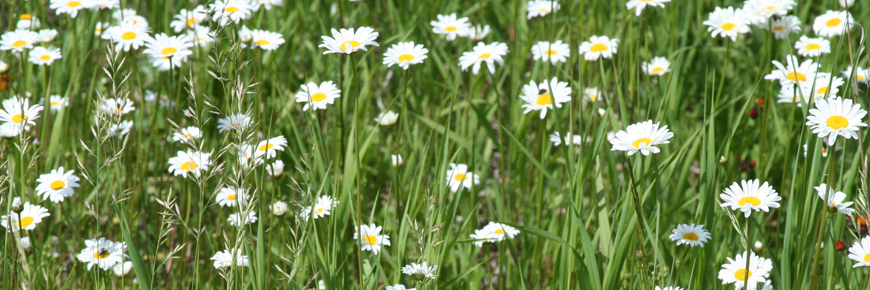
Introduced species are a huge threat to biodiversity. They crowd out the plants that are already in the park and change the ecosystem. We monitor and manage these species in order to minimize their negative affect on our parks.
Pikas
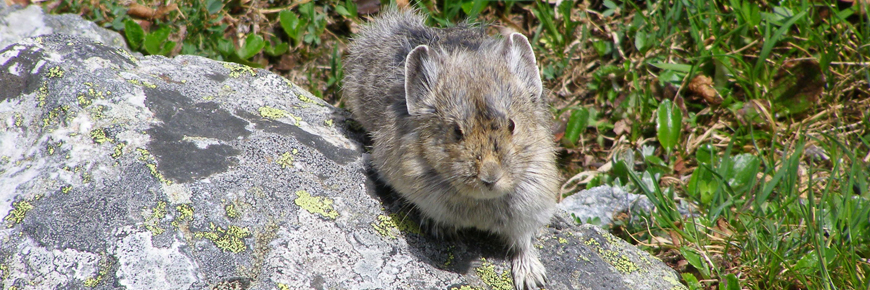
Pikas make their homes in rocky piles or moraines high up in the alpine.
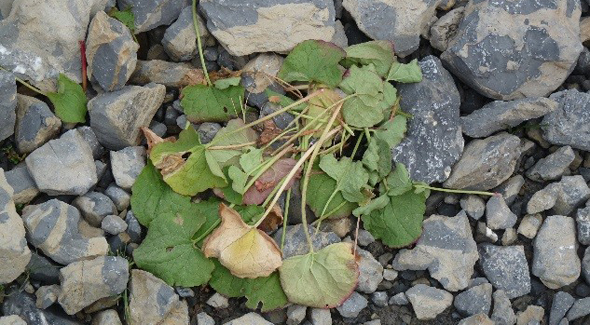
Hay piles
Pikas spend their summers collecting grass and other greens that they build into “hay piles.” The hay piles provide them with food and warmth over the winter.
By keeping track of how many hay piles they build and maintain each year, we can tell if their populations are increasing or decreasing.
Songbirds
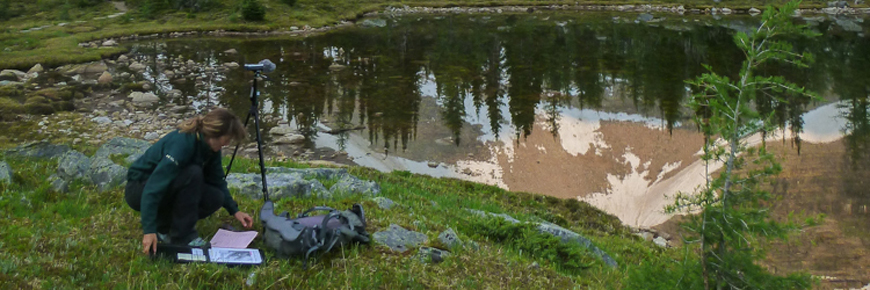
We capture bird song to find out what species and how many of each we have. Increases or decreases in population helps us to measure the impact that stressors such as habitat loss, fragmentation, challenging weather events, and climate change are having. We can learn a lot about the overall health of our forests from these birds.
Mountain goats
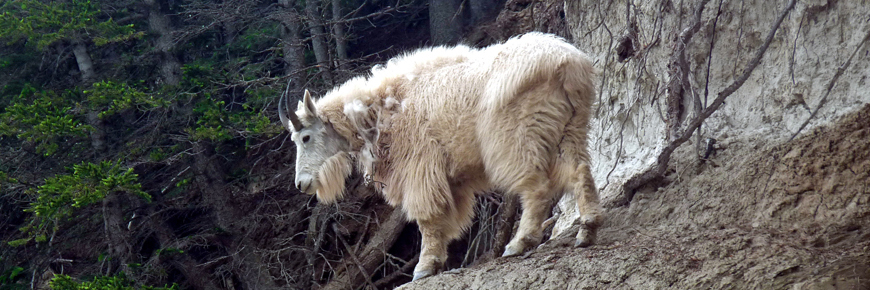
Mountain goats are good indicators of healthy alpine ecosystems because they are very sensitive to human disturbance.
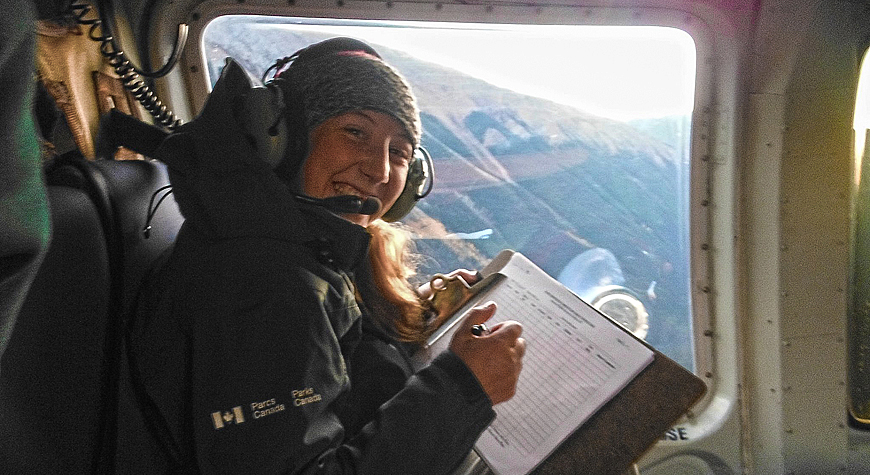
Aerial surveys
To find out how our goats are doing, we do aerial surveys that count the number of goats we can spot within a certain area.
Radio collars
Radio collared goats provide us with more detailed information.
Mapping
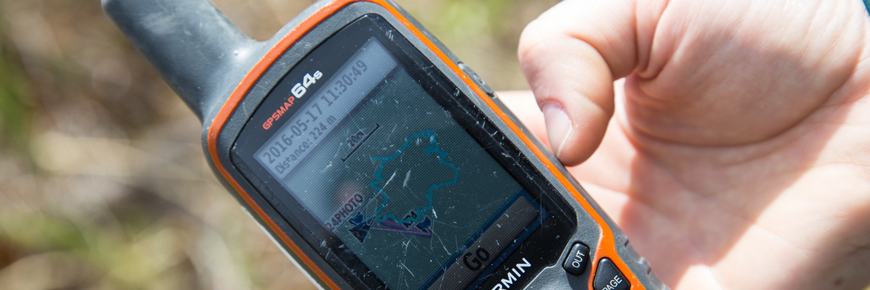
We use specialized mapping technology to study how climate is changing the landscape and vegetation zones.
Related links
- Date modified :